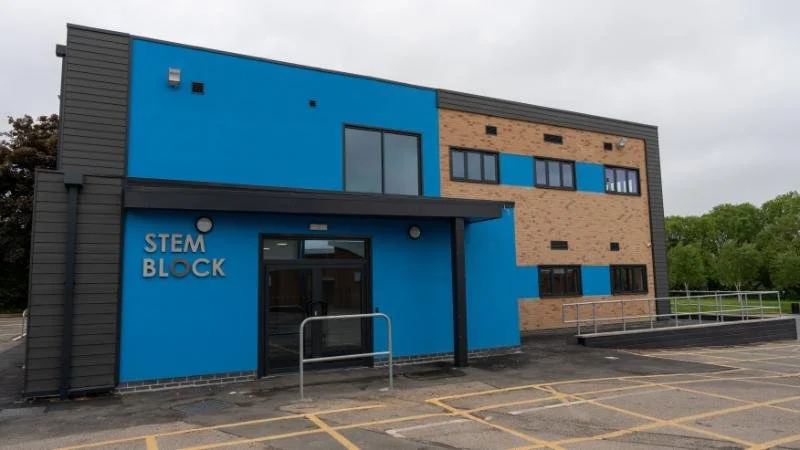RAAC surveying and remediation: S2e featured on BBC
As the RAAC situation spreads to more schools the team at S2e are ready to help and get pupils safely back to school as quickly as possible.
As RAAC surveying and remediation specialists we have been at the forefront of gathering data on RAAC to understand the extent of the problem - to date we have identified it in approximately 5% of all the surveys we have undertaken and are now supporting those affected clients with remediation and removal work, and in the short term getting their pupils safely back into school.
Our commitment to understanding the extent of this problem and finding effective solutions was recently highlighted when we were invited to share our expertise on BBC Radio 5 Live Breakfast. S2e Director Richard Coe, spoke about the need to conduct a RAAC survey to identify if RAAC is present and the remediation and removal options both long and short term to ensure the safety of pupils.
RAAC survey and remediation specialists
New government guidance sets out: “If you think you have RAAC on your site or are unsure, appoint a qualified building surveyor to carry out an independent professional survey.”
Richard Coe, told Radio 5 Live: “We're helping a lot of schools around the country with their RAAC surveys, looking predominantly at what types of roof structures they've got, although it can be found in walls and floors.
“Essentially we're looking for any concrete products that schools are concerned with, assisting them to confirm whether it is RAAC or whether it's a more traditional form of concrete.”
S2e are experienced in identifying RAAC (Reinforced Autoclaved Aerated Concrete). We have completed more than 100 surveys this year and found RAAC in approximately 5% of cases.
Last week the Department for Education (DfE) warned that more than 150 schools in England have identified RAAC on their premises, and this week said “hundreds” more could be affected.
Academies and MATs were told to vacate spaces with RAAC structures and ensure they are out of use. The move came after the DfE changed its view about what is an acceptable risk, confirming that in a “small number of cases” this year, RAAC has failed with no warning.
As of last week, if RAAC is present at all it is deemed a potential threat.
RAAC remediation
Every school's RAAC situation is unique, and there is no one-size-fits-all solution. S2e takes a tailored approach to address RAAC issues and collaborate closely with our clients to develop custom remediation and removal projects that align with their specific needs, budget, and timeline.
Short terms options include propping systems and additional bracing to reduce the span of RAAC planks. Schools need to also look at their maintenance – roof leaks are a key issue in schools, where moisture is penetrating the planks and making them weaker. Humid environments such as kitchens and swimming pools also need to be surveyed for RAAC.
Risks with serious consequences
RAAC is a lightweight, bubbly form of concrete that was often used in schools and colleges from the 1950s to the mid 1990s. It is usually found in roofs (pitched and flat) and occasionally in walls and floors.
The problem is that it is weaker than traditional concrete and poses risks that could have serious consequences – in 2018 a roof gave way at Singlewell Primary School in Gravesend, Kent, damaging the staff room, toilets, ICT equipment and an administration area. Signs of structural stwhress only appeared 24 hours before.
The Government has published this guide to identifying RAAC, whilst stressing the need for professional surveyors to conduct a survey.
New guidance also advises schools with confirmed RAAC what they should do.
How to identify RAAC
The terms “RAAC” and “Reinforced Autoclave Aerated Concrete” may be found in original designs and drawings for the construction of 1950s, 1960s, 1970s, 1980s and mid 1990s buildings. Schools may also carry out an initial visual inspection of their roofs.
RAAC has an open texture with open-sided bubbles often visible. The surface is slightly crumbly when touched and easy to gouge with a screwdriver. If the concrete has been heavily painted or coated, however, it may be harder to identify.
Not all defects are visible: some panels apparently in good condition could conceal hidden defects.
Qualified specialists
If your school is affected by RAAC and you require support to ensure children can continue their education safely in a face-to-face setting, S2e is here to help. Contact us today to take the first step in understanding and addressing RAAC in your educational institution, on 0116 5070130 or email enquire@s2e.org.uk.









